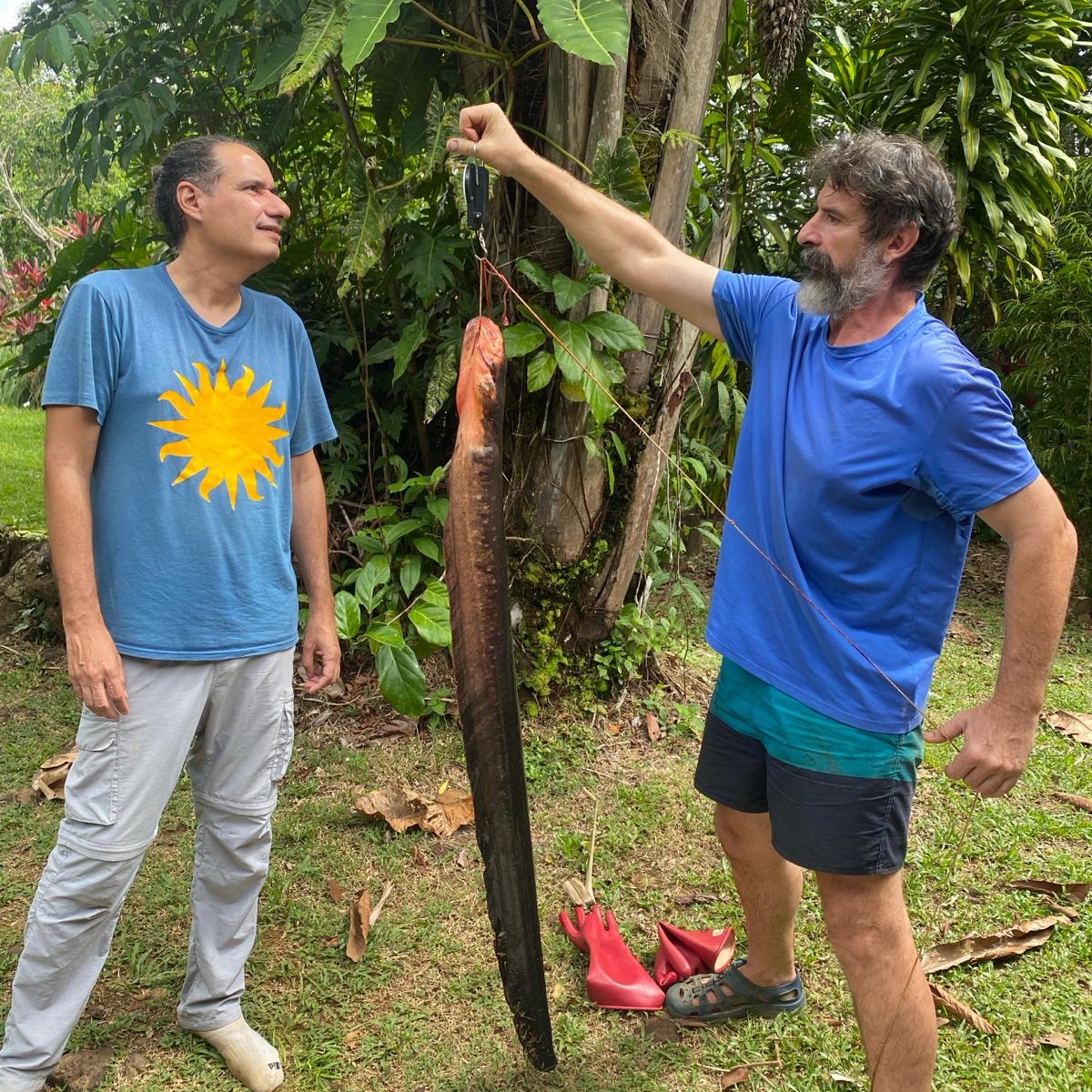
Bento Lab 🧬
@theBentoLab
We make Bento Lab = a portable PCR workstation for scientists to work in remote places. Tweets about frugal methods, field sequencing and DNA barcoding
ID:1928272748
http://www.bento.bio 02-10-2013 21:30:42
2,3K Tweets
7,9K Followers
2,5K Following




Mission accomplished! 🐟specimens and 🧬samples collected, electric organ discharges⚡️recorded, and 🧬PCR products generated Bento Lab 🧬 🧬 Thanks to Yann Guiguen, Raph Covain, Regis Vigouroux, Pierre Yves Le Bail, and team for the fantastic expedition! #FrenchGuianaExpedition


Preparing a 🐡PCR🧬Bento Lab 🧬 at the campsite in the Approuague River🇬🇫🌎🐟🐠🐡🧬 To fight against biodiversity loss, we must accelerate species identification and discovery🧬 #FrenchGuianaExpedition


When conducting fieldwork in the Tropics🌎 it is common to have to improvise and work long hours🧬 🐟🧬Team fish processing samples, including PCR 🧬Bento Lab 🧬 campsite in the Approuague River🌎🇬🇫 #FrenchGuianaExpedition




Great to see some mobile Bento Lab and Oxford Nanopore lab prepping outdoors by Peter Larsen!


If you’re interested in rapid in-situ metagenomics with Oxford Oxford Nanopore MinION, here’s a great example of how a lab-in-a-suitcase approach can achieve same-day on-site results, allowing “real-time functional and taxonomic monitoring of microbial communities in remote areas”.…





In Cayenne 🇬🇫🌎 double checking equipment Bento Lab 🧬 🧬before joining the French Guiana Expedition 🧬🧬🐟🐟🐡🐠🧬🧬Many thanks to Nayron Frances & Alberto Akama from the Museu Paraense Emílio Goeldi🇧🇷for providing additional lab supplies! 🧬And Luiz Peixoto for logistic support


